Une des 200 Ferrari 275 GTS produites en tout, construite sur le châssis n° 07627 et achevée en août 1965, elle fut livrée par l’agent Ferrari « Garage La Rotonda » de Renato Noventini de Prato-Florence à son premier propriétaire, Salvatore Le Pira de Catane (Sicile) qui l’immatricula à son nom sous le numéro « CT 135720 ». Elle fut révisée par l’usine le 11 juillet 1966. Dans les années 1970, elle partit en Amérique et, en mai 1981, elle devint la propriété de Stephen White de Falls Church (Virginie) qui garda la voiture jusqu’en 1985. Les actuels propriétaires, l’achetèrent en 1989. Depuis vingt ans, elle a très peu roulé et, il y a environ 10 ans, elle a été repeinte dans sa livrée noire, tandis que son intérieur était refait en cuir rouge à passepoil noir, la capote étant également rénovée à cette occasion. Elle se présente en bon état général. Du point de vue structurel et mécanique, elle apparaît correcte et saine, mais elle est majoritairement dans son état d’origine et n’a jamais été restaurée. Le compartiment moteur avoue son âge et son usage. Vendue en Europe aux enchères, elle est passible des taxes douanières et fiscales applicables localement. Sans prix de réserve. There had been open-top Ferrari road cars before the advent of the ‘250’ series, but it was, chiefly, Pininfarina’s offerings on the latter chassis that established the convertible as a fixture of the Ferrari range. After the experimentation and variety which characterised the coachwork of the 250-series cars, the arrival of the ‘275’ in 1964 brought with it standard bodywork, that of the 275GTS being manufactured by Pininfarina themselves. In Ferrari nomenclature of the period a model’s designation reflected an individual cylinder’s cubic capacity, so the newcomer displaced 3.3 litres, up from its predecessor’s 3.0 litres. In standard trim the GTS’s Columbo-type, 60-degree, V12 engine produced 260bhp at 7,000rpm, some 20 horsepower fewer than when installed in the contemporary 275GTB. The chassis followed Ferrari’s established practice, being a multi-tubular frame tied together by oval main tubes, and for the first time on a road-going Ferrari there was independent rear suspension, the latter employing a double wishbone and coil-spring arrangement similar to that of the 250LM sports-racer. The adoption of a rear-mounted five-speed transaxle combining the now all-synchromesh gearbox and differential in a single unit helped improve weight distribution, and this feature would characterise future generations of front-engined Ferrari road cars. Produced between 1964 and 1966, the 275GTS altered little during the course of its short life, apart from the adoption of constant velocity joints for the open prop shaft shortly after the commencement of production. By the mid 1960s Ferrari’s road cars were beginning to lose some of their rougher edges and take on a more luxurious mien, and the 275GTS interior is notable for its generously sized seats and wood veneer dashboard, the latter appearing for the first time in a Ferrari. Even the most sybaritic of customers, though, would acknowledge that the driving experience is the raison d’être of Ferrari ownership, and in this respect the 275GTS had lost none of its predecessors’ aggressive charm. Car & Driver magazine had this to say: ‘Since the engine is heir to a V12 tradition that’s gone on for almost twenty years, it’s only natural that it should be the dominating factor in the car’s personality, and that the whole car should have been developed around the engine and its own unique character. You can feel it as much as you can hear it. It has a taut, powerful rush of response that comes to you through the seat of your pants, through the steering wheel rim. The instant the clutch is engaged, the chassis takes on life and begins to move as a unit with the engine, it’s an all-in-one-piece sensation that you normally feel only in racing cars, one that’s unique to the Ferrari among normal passenger vehicles today.’ On
Une des 200 Ferrari 275 GTS produites en tout, construite sur le châssis n° 07627 et achevée en août 1965, elle fut livrée par l’agent Ferrari « Garage La Rotonda » de Renato Noventini de Prato-Florence à son premier propriétaire, Salvatore Le Pira de Catane (Sicile) qui l’immatricula à son nom sous le numéro « CT 135720 ». Elle fut révisée par l’usine le 11 juillet 1966. Dans les années 1970, elle partit en Amérique et, en mai 1981, elle devint la propriété de Stephen White de Falls Church (Virginie) qui garda la voiture jusqu’en 1985. Les actuels propriétaires, l’achetèrent en 1989. Depuis vingt ans, elle a très peu roulé et, il y a environ 10 ans, elle a été repeinte dans sa livrée noire, tandis que son intérieur était refait en cuir rouge à passepoil noir, la capote étant également rénovée à cette occasion. Elle se présente en bon état général. Du point de vue structurel et mécanique, elle apparaît correcte et saine, mais elle est majoritairement dans son état d’origine et n’a jamais été restaurée. Le compartiment moteur avoue son âge et son usage. Vendue en Europe aux enchères, elle est passible des taxes douanières et fiscales applicables localement. Sans prix de réserve. There had been open-top Ferrari road cars before the advent of the ‘250’ series, but it was, chiefly, Pininfarina’s offerings on the latter chassis that established the convertible as a fixture of the Ferrari range. After the experimentation and variety which characterised the coachwork of the 250-series cars, the arrival of the ‘275’ in 1964 brought with it standard bodywork, that of the 275GTS being manufactured by Pininfarina themselves. In Ferrari nomenclature of the period a model’s designation reflected an individual cylinder’s cubic capacity, so the newcomer displaced 3.3 litres, up from its predecessor’s 3.0 litres. In standard trim the GTS’s Columbo-type, 60-degree, V12 engine produced 260bhp at 7,000rpm, some 20 horsepower fewer than when installed in the contemporary 275GTB. The chassis followed Ferrari’s established practice, being a multi-tubular frame tied together by oval main tubes, and for the first time on a road-going Ferrari there was independent rear suspension, the latter employing a double wishbone and coil-spring arrangement similar to that of the 250LM sports-racer. The adoption of a rear-mounted five-speed transaxle combining the now all-synchromesh gearbox and differential in a single unit helped improve weight distribution, and this feature would characterise future generations of front-engined Ferrari road cars. Produced between 1964 and 1966, the 275GTS altered little during the course of its short life, apart from the adoption of constant velocity joints for the open prop shaft shortly after the commencement of production. By the mid 1960s Ferrari’s road cars were beginning to lose some of their rougher edges and take on a more luxurious mien, and the 275GTS interior is notable for its generously sized seats and wood veneer dashboard, the latter appearing for the first time in a Ferrari. Even the most sybaritic of customers, though, would acknowledge that the driving experience is the raison d’être of Ferrari ownership, and in this respect the 275GTS had lost none of its predecessors’ aggressive charm. Car & Driver magazine had this to say: ‘Since the engine is heir to a V12 tradition that’s gone on for almost twenty years, it’s only natural that it should be the dominating factor in the car’s personality, and that the whole car should have been developed around the engine and its own unique character. You can feel it as much as you can hear it. It has a taut, powerful rush of response that comes to you through the seat of your pants, through the steering wheel rim. The instant the clutch is engaged, the chassis takes on life and begins to move as a unit with the engine, it’s an all-in-one-piece sensation that you normally feel only in racing cars, one that’s unique to the Ferrari among normal passenger vehicles today.’ On


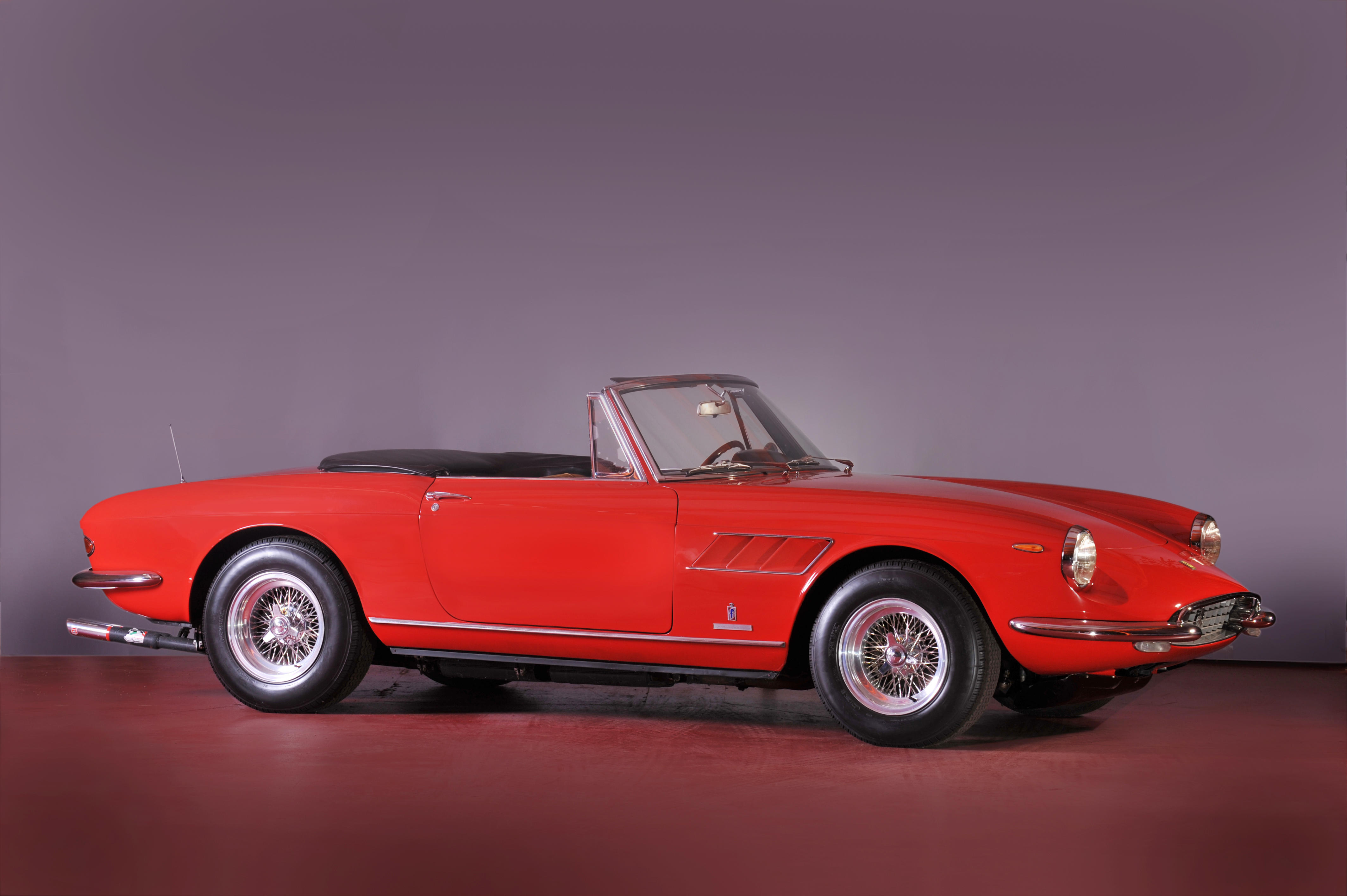

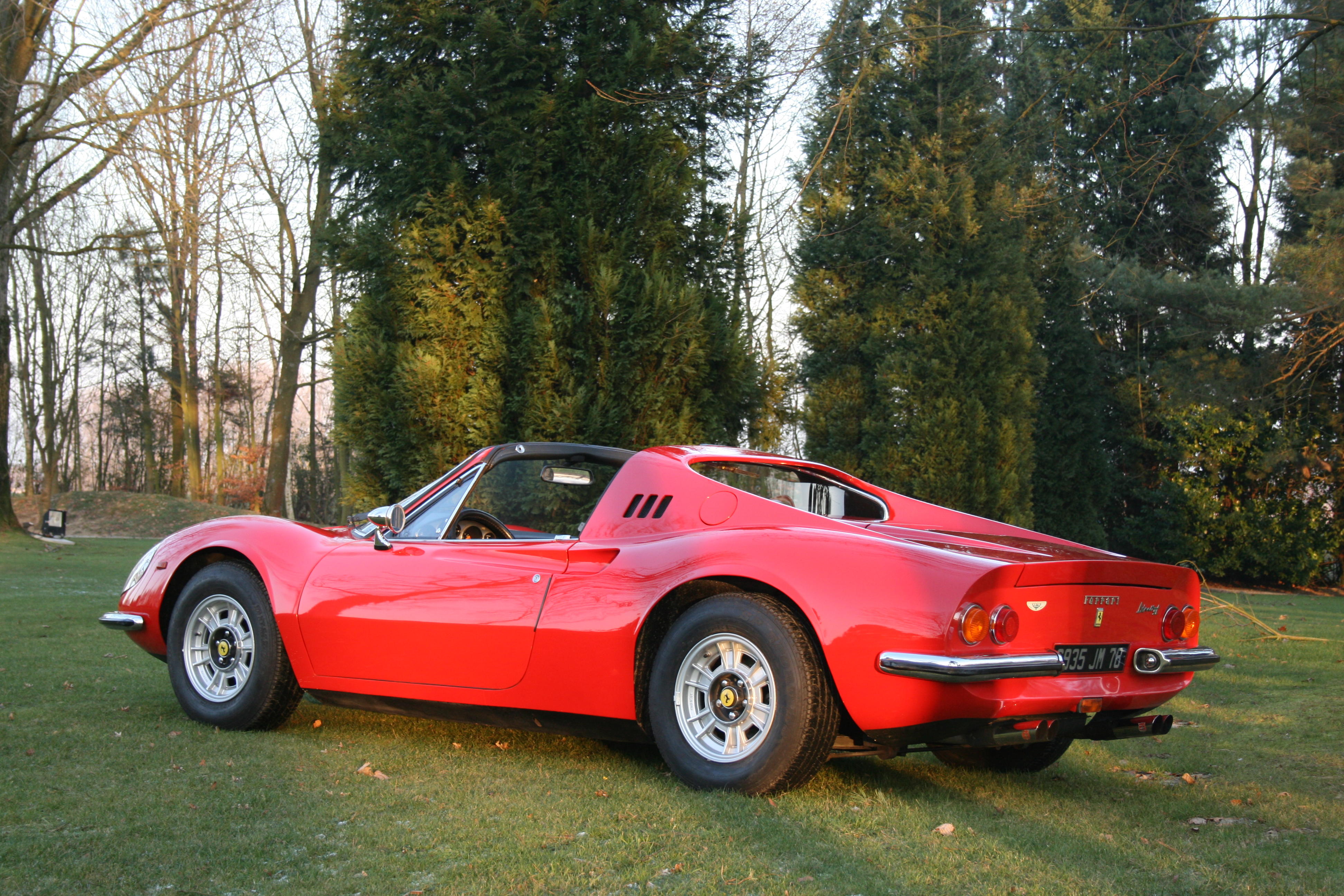
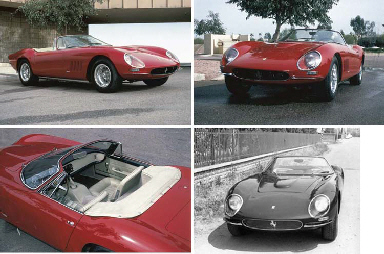
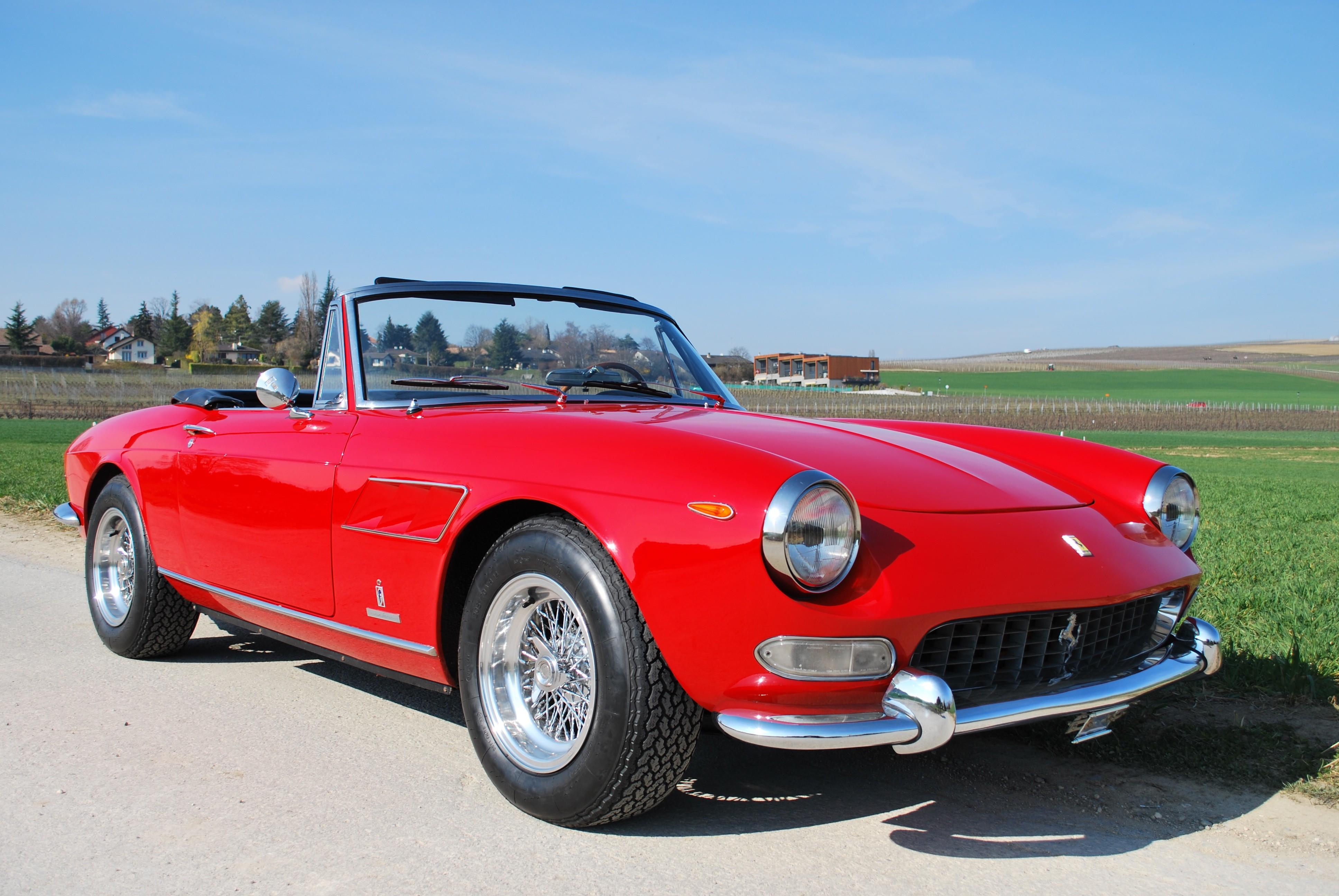
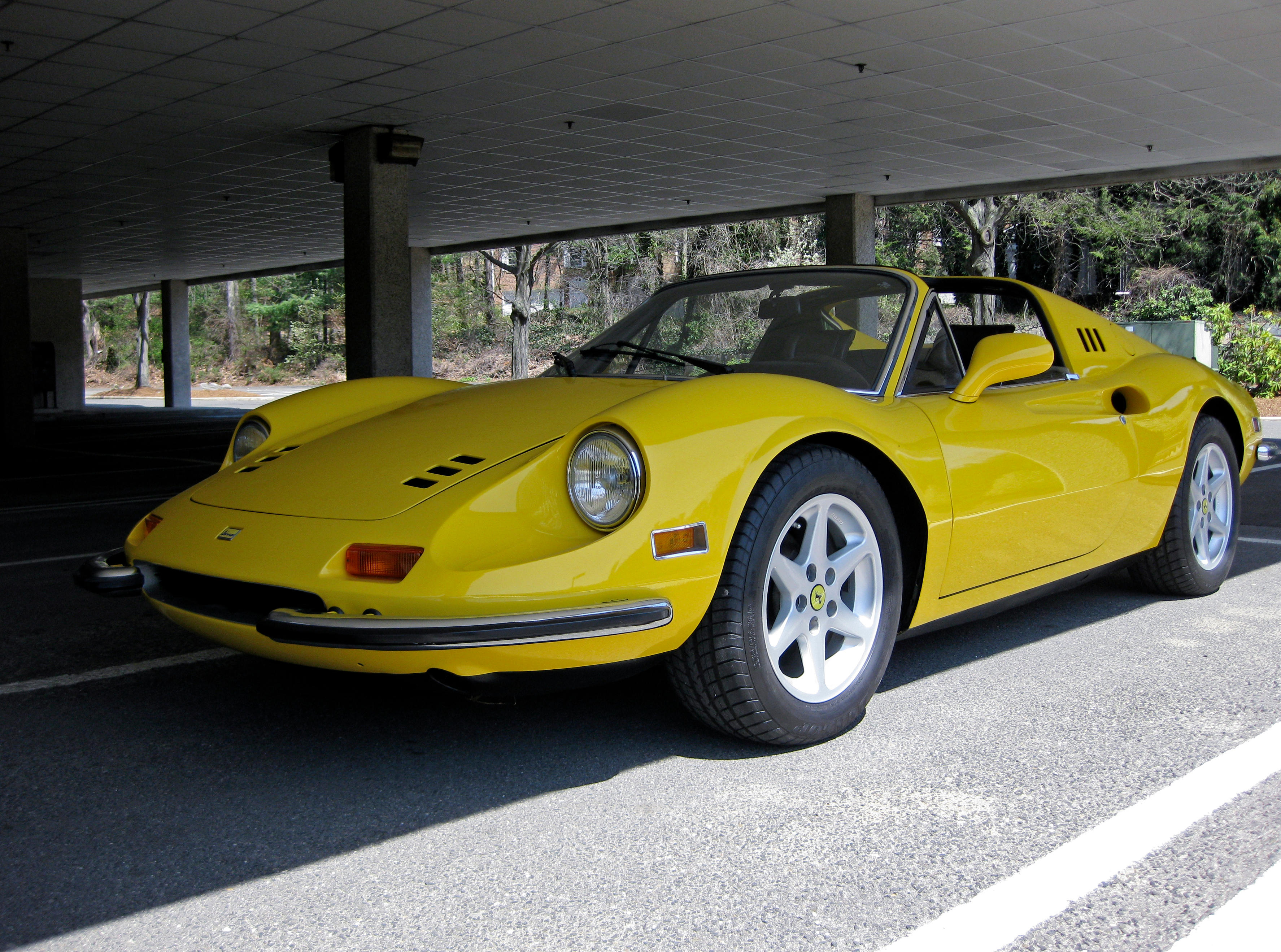
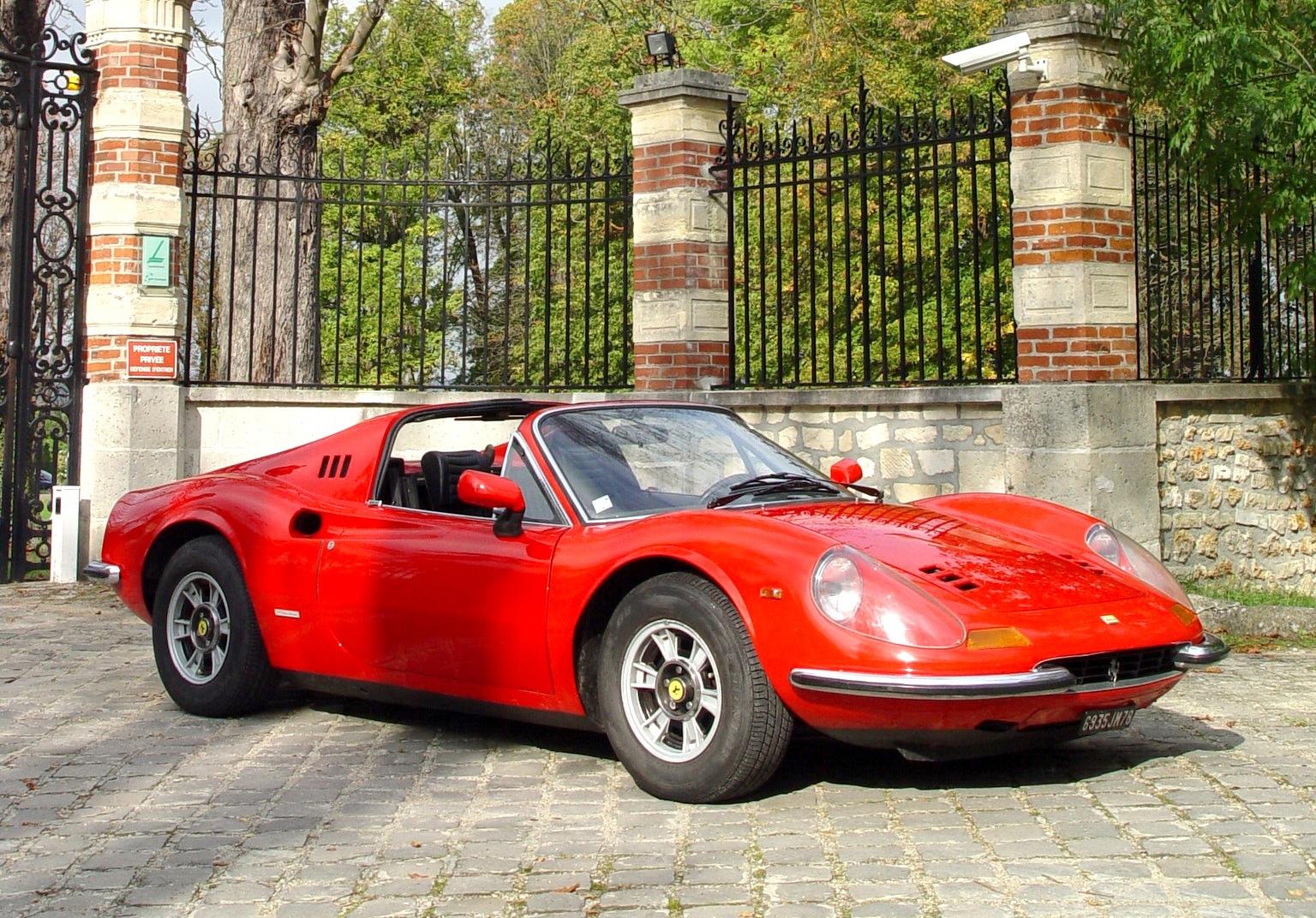

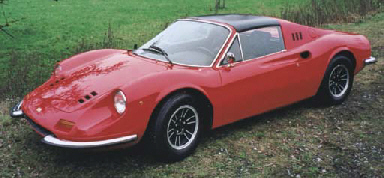




Try LotSearch and its premium features for 7 days - without any costs!
Be notified automatically about new items in upcoming auctions.
Create an alert